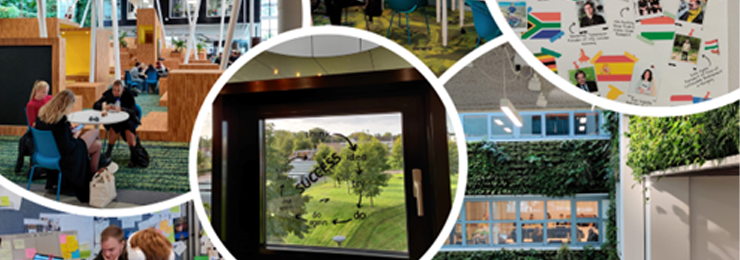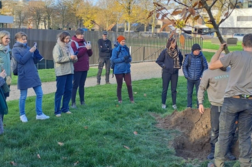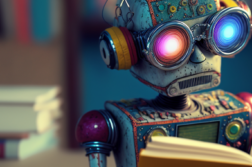What an uplifting visit we, lecturers and researchers from HAMK Edu, had to our Regional University Network (RUN EU) partner NHL Stenden University of Applied Sciences and its Future Design Factory in beautiful Leeuwarden in the Netherlands!
The aim of our excursion, carried out last October, was to plan together the next steps of the future skills research and familiarize ourselves in the pedagogical methods of higher education in the Netherlands.
NHL Stenden implements Design-Based Education (Assen, Coelen & Geitz, 2022) as a university-wide pedagogical approach. The reason for the choice is that the university aims to prepare students to successfully embrace the rapidly changing labor market and society, where creativity, adaptability and analytical, collaborative and self-regulative skills are needed more than ever.
Our colleagues from NHL Stenden revealed to us that DBE in their institution is a result of several-years of experimentation and joint redesign of the existing concepts of problem-based and competence-based learning. By testing and reflecting, NHL Stenden has discovered some important innovative elements to anticipate to these approaches: 1) a flexible learning environment, where efficient learning process is stimulated, 2) an ambitious learning climate that challenges students and encourages their talent development and intrinsic motivation, and 3) trialogical and iterative process between students, lecturers and the professional fields.
The physical learning environment design plays a fundamental role in advancing students’ design thinking skills, multidisciplinary collaboration, international and intercultural competences, sustainable education and personal leadership. These five are also the interrelated facets of the educational concept of DBE developed in NHL Stenden.
The lecturers emphasized the importance of creating an emotionally safe learning community where students can develop themselves as persons and professionals. The students must be known, and their achievements must be actively recognized. This demands continuous learning from teachers too. The lecturers continuously developed their own teaching and coaching competences, and they were trained to pay attention to students’ personal learning processes and to frequent feedback giving. Instead of summative tests, teachers preferred rich and diverse formative assessment.
The atmosphere in NHL Stenden was a unique experience; positive, dynamic and full of life. The learning spaces and ateliers encouraged openness, interaction, learning by doing and student well-being in various ways. Also, detachment and possibility for quiet, individual work was offered. The teachers and the students collaborated in an informal and cozy way, still goal-driven and following the curriculum. Furthermore, there was a secret ingredient in the NHL Stenden air we couldn’t quite define. Was it the community’s special, collective talent of managing captivating spirit of studying?
We also had the opportunity to debate with several students, and they expressed their motivation and joy of learning. For some of the students, it has taken a bit of time to learn to study in interactions with others and spend a large amount of their time in ateliers (physical or online) in solving fussy and authentic real-life problems. However, they all convinced us of the benefits of DBE for their development.
The students especially liked to work with current issues right from their professional field and experiment, prototype and create with and for society and industries. And how fresh and engaging innovations they had co-created, for instance, for social sustainability, healthy aging, service economy and serious gaming, just to mention a few themes of their interests. However, the teachers reminded us that DBE is not a one-size-fits-all and there must be room for modification for individual study needs and learning preferences.
Indeed, the visit expanded our horizons and gave us many new insights to reconsider learning and teaching in higher education. On the way back home, we started to wonder that maybe we in HAMK should also discover, define and declare where our special, collective talent lies in supporting our students in the best possible ways?
Author
Essi Ryymin, Principal Research Scientist, HAMK Edu Research Unit
References
Assen, H. & Coelen, R. & Geitz, G. (2022). Stepping into Design-Based Education. NHL Stenden University of Applied Sciences. Leeuwarden: EZBook.nl. Retrieved 19 January 2022 from https://www.academia.edu/71666943/Stepping_into_Design_Based_Education




